
Mirando el Fuego Feat. Joaquin Cornejo & Minük – El Búho
this blog is GROOVY – check out great Soul, Funk, Jazz, Hip Hop, Bass, Breaks , Reggae, House n many more TUNES
Folktronica, baby! A delightful blend of folk music and electronic beats that’s like sipping hot cocoa on a chilly day while tapping your foot to the rhythm. This genre emerged in the late 1990s and has been making waves ever since. Let’s take a jazzy ride through its history, unexpected twists, and some cheeky facts about musicians who shaped this vibrant sound.
Imagine yourself chilling in a cozy cabin surrounded by trees, acoustic guitar strumming softly. Now, sprinkle some electronic magic on it—that’s essentially how folktronica was born! This genre started to bubble up in the late ’90s when artists began experimenting with blending traditional folk sounds—think banjos, fiddles, and gentle vocals—with synthetic beats, samples, and loops.
The pioneers? Oh boy! Notable names include Beirut, whose rich melodies transported listeners to far-off lands; The Books, known for playful sound collages; and Sufjan Stevens, who made heartstrings dance with his orchestral pop-infused songs. These artists helped create a space where nature met technology—a harmonious marriage between old-school twang and modern-day flair.
As we grooved into the 2000s, folktronica blossomed even more. Artists like M83 took us on dreamy journeys through lush soundscapes while maintaining that folksy vibe. Then there was Iron & Wine—dude could serenade anyone into emotional submission with just his soothing voice!
Folktronica also brought a wave of quirky instrumentation into play—like using found objects or sampling strange sounds from everyday life—as if they were saying “Hey world! Let’s get weird!” And guess what? It worked!
Did you know that Four Tet (Kieran Hebden) used to be part of an indie rock band called Fridge before diving boldly into his solo project? Talk about eclectic vibes! Plus he once sampled a song from an English children’s TV show called Teletubbies. Beats by Tinky Winky anyone?
Fast forward to today—the folktronica scene is wider than ever! Artists are mixing elements not only from folk but also blues, jazz, hip-hop—you name it! Folks like Bon Iver have taken this genre beyond borders with their ambient landscapes paired with heartfelt lyrics.
And then there’s the super fun collaboration between artists across genres—hello hip-hop meets acoustic guitars—and it feels like everyone wants a taste of this groovy concoction!
Ever heard of Andrew Bird? This guy plays violin as if he’s conjuring spells while whistling tunes that’ll twist your heart inside out. Legend says he can whistle so well that birds will come sit beside him for jam sessions… okay maybe that’s just wishful thinking—but wouldn’t that be cool?
And let’s not forget about those wild live performances—sometimes you’ll catch these talented folks using loop pedals creatively (definitely makes them look cooler than trying too hard at karaoke). Imagine layering melodies upon melodies until they create soaring symphonies right before your eyes—it’s pure magic!
One thing is for sure: folktronica isn’t limited by geographical boundaries. From Africa’s vibrant rhythms blending seamlessly into electronic undertones to Scandinavian singers fusing traditional chants with synth magic—the globe showcases stunning interpretations of this genre.
Artists around the world are pouring their cultural essence into their creations—Gordon Lightfoot certainly didn’t see this coming back when he strummed “If You Could Read My Mind.” We’ve got Brazilian bossa nova meeting glitchy beats or Irish jigs dancing alongside pulsating bass lines—the possibilities are endless!
Speaking of local legends… did you hear about Japan’s own Cornelius? He created an album titled “Point,” which is literally full-fledged experimentation—even taking inspiration from everything ranging from surf rock vibes mixed up beautifully in hillbilly Kentucky style grooves—all packed within catchy hooks designed specifically…for squirrels?
Yup—that one might’ve gone under most radars…and probably left many scratching heads wondering why rodents needed music tailored made-for-them…but hey—we don’t judge creativity here!
So there you have it—the lively journey through folktronica filled with enchanting sounds mingled up fantastically over time! Whether you’re drawn in by soulful ballads or electric energy wrapping itself around classic instruments—we’re all connected through those harmonies striding between worlds past and present alike.
So next time you kick back listening to some sweet folktronic jams remember:
Let’s keep supporting these magical artists crossing genres galore because honestly?
Music should always stay funky fresh whether it’s woven together softly or cranked up loud enough for entire forests feelin’ those beats too!

Mirando el Fuego Feat. Joaquin Cornejo & Minük – El Búho

Flores y Pólvora – Biomigrant
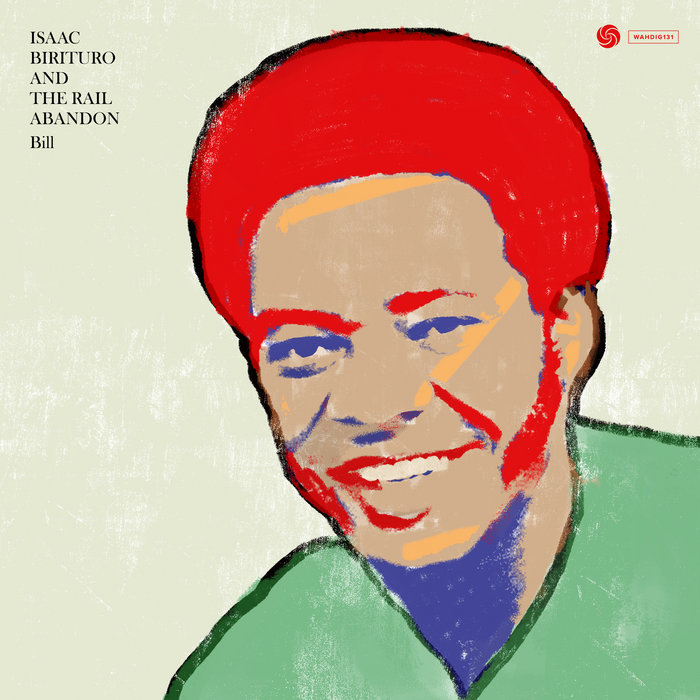
Bill – Isaac Birituro and The Rail Abandon
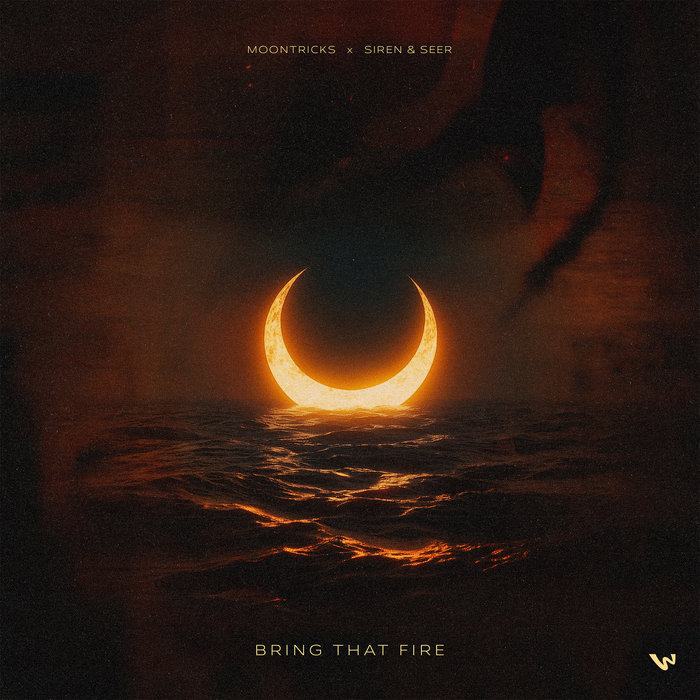
Moontricks x Siren & Seer – Bring That Fire – Moontricks
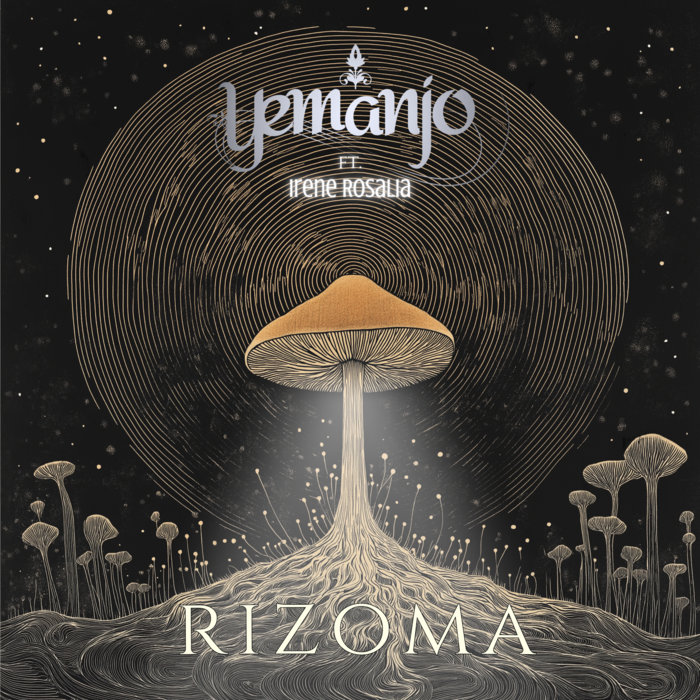
Rizoma {feat. Irene Rosalia} – Yemanjo
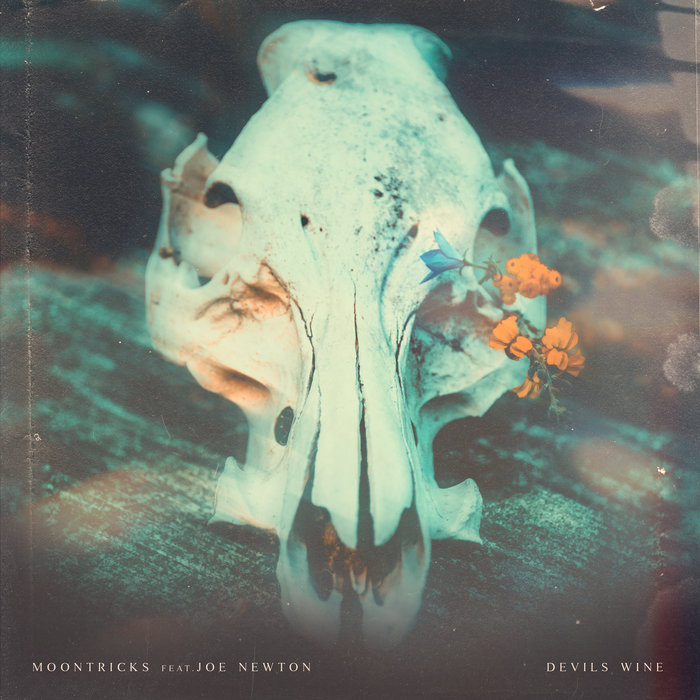
Moontricks x Joe Newton – Devil's Wine – Moontricks

Código Jondo – Apego vacío (Buleríâ) – Código Jondo
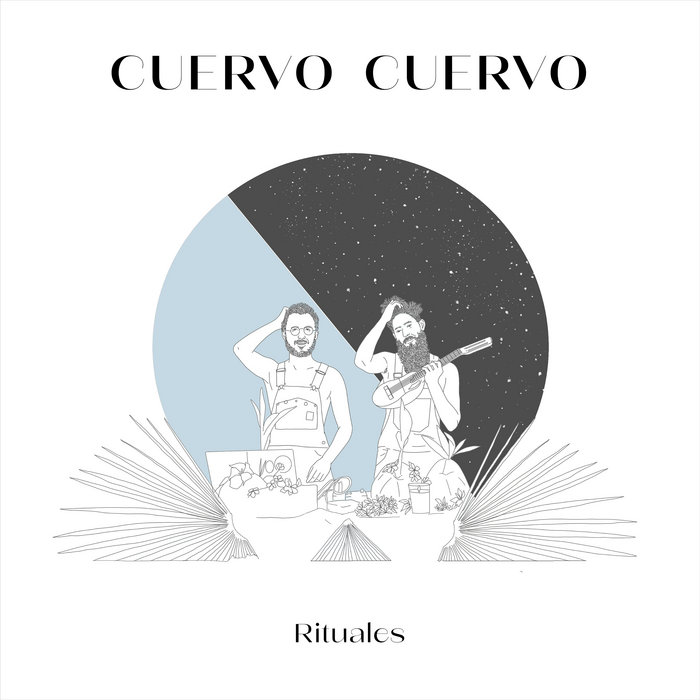
Ritual de Día – Cuervo Cuervo
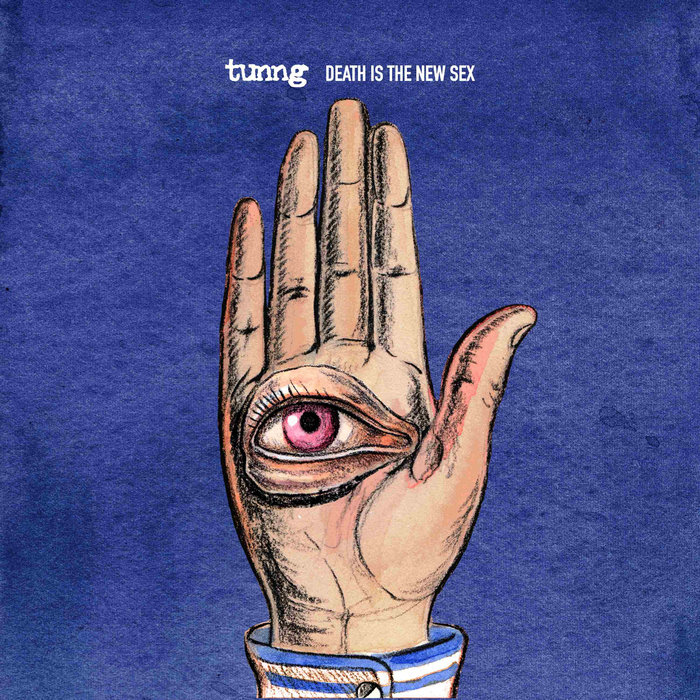
Death is the New Sex – tunng
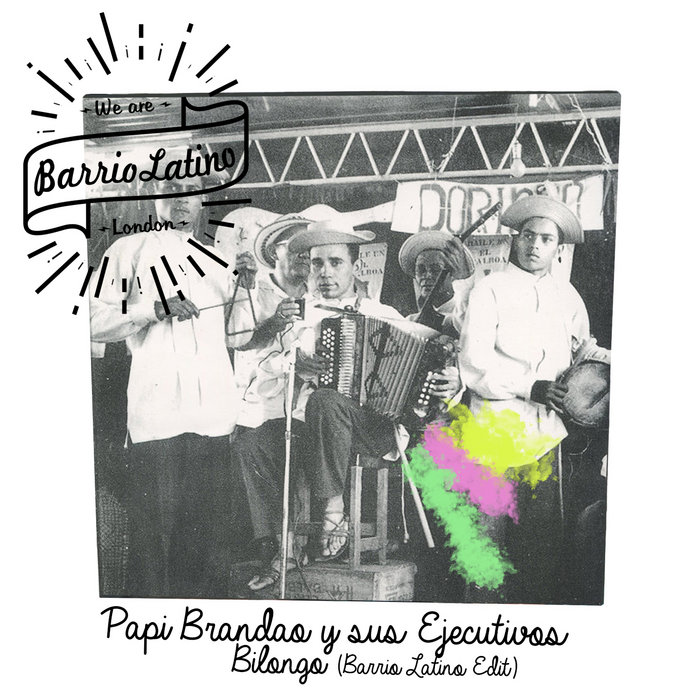
Papi Brandao y sus Ejecutivos – Bilongo (Barrio Latino Edit) – Barrio Latino